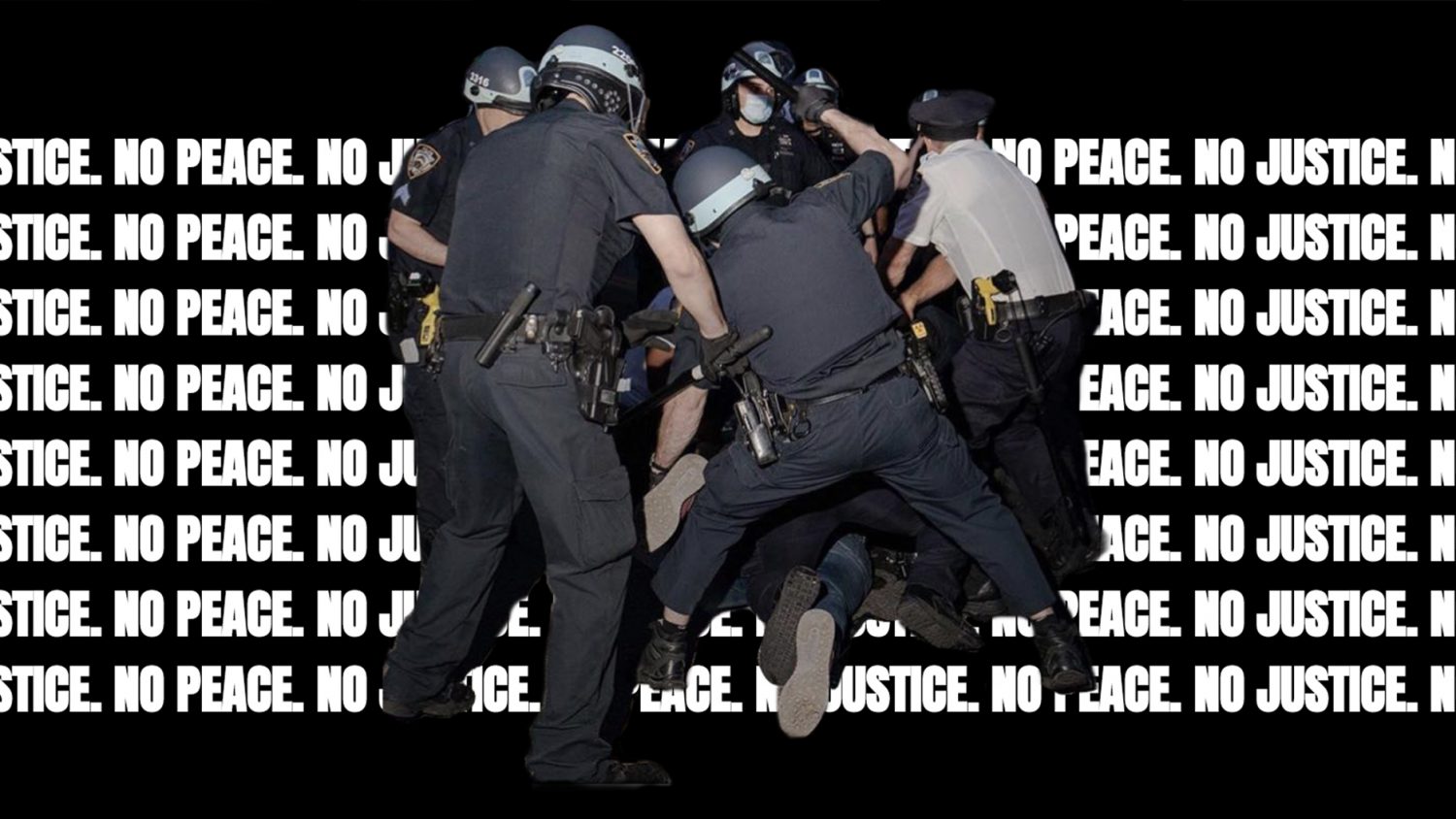Acclaim caught up with Melbourne/Naarm-based writer Julie Fenwick to talk about her latest project What We See, a collection of writings from local BIPOC creatives who have shared their personal thoughts and experiences on the subject of race and equality. Here’s what Julie told us about the project:
“The Black Lives Matter movement, reignited by the murder of George Floyd, has seen a flurry of activity across the globe, not only on the streets but across multiple social media platforms, with information being shared in cycles of 24hr instagram stories. There has been posting, liking, commenting, sharing, whirlwinds of information making their rounds, so quick that sometimes it’s hard to find clarity. WHAT WE SEE (WWS) is a platform that I created with the intention of breaking through this media tornado. Not only a place where content could sit and stay, but a place to showcase the responses of Black and Brown people living in the Melbourne/Naarm area; what they think, what they’ve heard, how they see the movement, how it’s made them feel and what they think needs to be done. It’s a place for the reclamation of Blackness and identity in a world where white speech has long been seen as the baseline; Black voices in a Black movement speaking for themselves.
When I was sifting through and editing each story, it not only stirred up personal negative experiences surrounding race, but simultaneously put them to rest through the validation and unity I—and I’m sure many readers—felt with each writer. It was a site conceived mostly through frustration, but also as a result of #BlackOutTuesday. I remember thinking that day, “This is exhausting. Everything is moving so quickly, nothing is sticking.” I’d witnessed it before with other political movements, but with this one in particular, it felt personal. I was angry that all the experiences I’d shared with my white friends, stories that had previously created awkwardness in moments of conversation, were now important. Because it was trending, everyone wanted to listen. One of WWS’s writers, Blu Jay, put it perfectly, “Social media is literally a phoenix being reborn every day with a new agenda, the agenda for this week is: Black Lives Matter.”
Though this is the case, all it means is that we need to remain actively involved so that the social media game we’ve been playing doesn’t result in a stalemate. That’s what I hoped WWS would be about, keeping the conversation going, providing new perspectives and offering resources.
So far, I’ve read that in the last few weeks donations have exceeded many charity’s expectations. I’ve read that Minneapolis is working towards defunding the police and delegating funds to areas of education, mental health and healthcare. But what does this mean, what can it mean for Australia? What does it mean for the 400+ Indigenous people that have died in police custody? What did it mean the year the media was perpetuating stories of ‘African gangs’?
Tig Terara wrote in WWS “For Black and Brown people the past few weeks have not been an awakening but rather a case of the straw that broke the Black person’s back.” And he’s exactly right. It has been. But just because the back is well and truly broken doesn’t mean it’s time to stop. It’s time to listen to Black voices, listen to our Indigenous activists and people, and create tangible change we can see and feel rather than just read about.”
An excerpt from What We See, written by Ben Ilobuchi:
IN SCREENWRITING, THERE IS THE CONCEPT OF THE ‘MAIN PLOT’ AND THE ‘SUBPLOT’. THE MAIN PLOT IS THE IMPORTANT PART OF THE STORY, THE SERIES OF EVENTS THAT KEEPS THE NARRATIVE GOING AND THAT THE MAIN CHARACTERS EXPERIENCE. THE SUBPLOT IS LESS IMPORTANT, A SMALLER SET OF HAPPENINGS THAT ACT AS DRESSING AND USUALLY INVOLVE LESS IMPORTANT CHARACTERS. IN THE MILLENNIA-LONG MOVIE THAT IS THE HUMAN CONDITION, WHITE PEOPLE HAVE SEEN TO IT TO CAST THEMSELVES AS THE MAIN CHARACTERS, AND THEIR PLIGHT AS THE MAIN PLOT. THIS IS THE WAY THEY ABSORB AND INTERACT WITH THE WORLD, CONSCIOUSLY OR NOT. WHEN THEY GO TO A DIFFERENT COUNTRY, THEY ARE ADVENTURERS IN A STRANGE LAND BUT WHEN PEOPLE OF DIFFERENT CULTURES COME TO THEM, THEY ARE HOSTS TO FREAKISH ALIENS. NO MATTER THE CONTEXT, WHITE PEOPLE SEE THEMSELVES AS THE BASE AND THE REST OF US AS OFF-SHOOTS. ASIAN PEOPLE ARE ‘ASIAN PEOPLE’, BLACK PEOPLE ARE ‘BLACK PEOPLE’ AND LATINX PEOPLE ARE ‘LATINX PEOPLE’; IT IS ONLY WHITE PEOPLE WHO ARE ALLOWED TO BE SIMPLY ‘PEOPLE’. THIS INABILITY TO SEE PEOPLE UNLIKE THEM AS ANYTHING BUT SIDE-CHARACTERS, IS WHY THEY ARE SO WILLING AND ABLE TO MURDER US. IN THE WHITE NARRATIVE, WE ARE THE DISPOSABLE ONES, EVEN TO THOSE OF THEM WHO ‘LIKE’ US. WE ARE ALLOWED TO DIE WITHOUT THE NARRATIVE CHANGING ITS COURSE. THIS IS WHY WE RIOT. BECAUSE THE ONLY WAY FOR US TO JOIN THE STORY IS BY FORCE. TEARS ARE SHED, SPEECHES ARE MADE, BUT ULTIMATELY, WHEN A BLACK PERSON DIES, IT’S NOT TOO BAD BECAUSE AT LEAST HE WASN’T A MAIN-CHARACTER. HE WAS PART OF THE SUBPLOT.
I THINK ANY WHITE PERSON LOOKING TO HELP THE CAUSE SHOULD DO SO WHILE KEEPING BIPOC AS THE FOCUS AND TRY TO UNLEARN THE ACT OF MAKING THEMSELVES THE WHITE SAVIOUR.
Head to https://www.whtwesee.com/ to read more.

